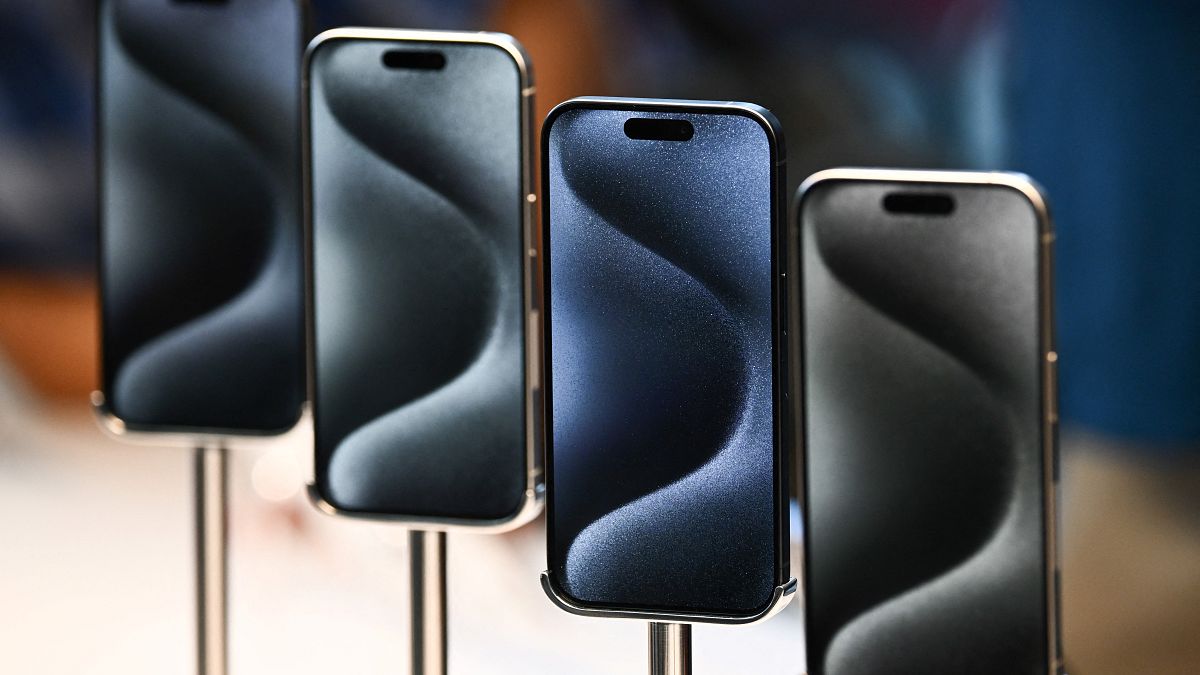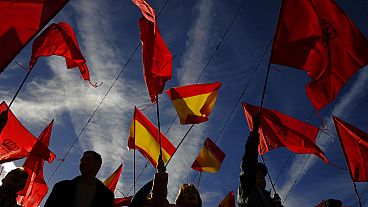The recently-launched iPhone 15 Pro Max is selling for an eye-watering $1199 in the US, but how do prices differ in Europe?
If you’re in the Eurozone and you want to buy the top of the range iPhone, it’s going to cost you more than buyers across the pond.
Converted into euros, the price displayed on Apple’s US website starts at €1131.74 for the iPhone 15 Pro Max, which went on sale in September.
This is a price hike of around 9% compared to last year’s version, but for European consumers, Americans are arguably bagging a bargain.
The price in European stores varies between countries, but it’s usually significantly higher than in the US. In France, the iPhone 15 Pro Max starts at €1,479, in Germany it’s €1,449, and in Italy, consumers pay €1,489.
When it comes to Apple’s less expensive phones, you’ll also notice a price jump. In the US, the basic iPhone 15 sells for an equivalent of €754.18. Back in Europe, it’s priced at €969 in France, €949 in Germany, and €979 in Italy.
But before you book your next holiday to America, it’s important to look more closely at these numbers.
A key reason for the higher prices is that VAT is included in the European figures, whereas extra fees are added after purchase in the US.
Tax rates depend on which state you’re in, but these generally sit between 2.9% to 7.25%. If you wanted to buy an iPhone 15 Pro Max in Washington, DC, where the sales tax is 6%, you would therefore be charged an extra $71.94 (€67.90) at the checkout.
To take Los Angeles, where the sales tax is particularly high, you would be charged an extra $113.91 (€107.52).
So, to tally those figures up, a customer in LA will save €239.74 when buying Apple’s most expensive phone, compared to a customer in France.
And the price gap between the US and the EU isn’t a phenomenon that’s exclusive to Apple’s new generation of products.
When the iPhone X was launched in 2017, Twitter users joked that it would be cheaper to fly to the US and buy the device, rather than buying it in Europe.
But whilst this may be a good excuse for a holiday, the reality is a little more complicated.
This is because you are legally required to pay customs duties when re-entering the EU with valuable items.
If you are travelling on a plane or a ship, you need to declare goods over €430, and for other transport modes, this threshold is at €300. If you were to fly back from the US to France, the customs duties on the iPhone 15 Pro Max would therefore cost you over €200. Along with the added travel costs, this definitely wouldn’t save any money.
So ultimately, the reason for Apple’s higher prices is not entirely clear, but there’s also no way for Europeans to avoid them.
Addressing the issue in 2016, the company said it sets international product prices based on a range of factors, such as “currency exchange rates, local import laws, business practices, taxes, and the cost of doing business”.
“These factors vary from region to region and over time, such that international prices are not always comparable to US suggested retail prices,” Apple said.
Yet even if Apple is making consumers pay more to cover extra operating charges, this hasn’t seemed to dent the company’s success.
iPhones account for around a quarter of smartphone sales in the EU, surpassed only by Samsung models.



